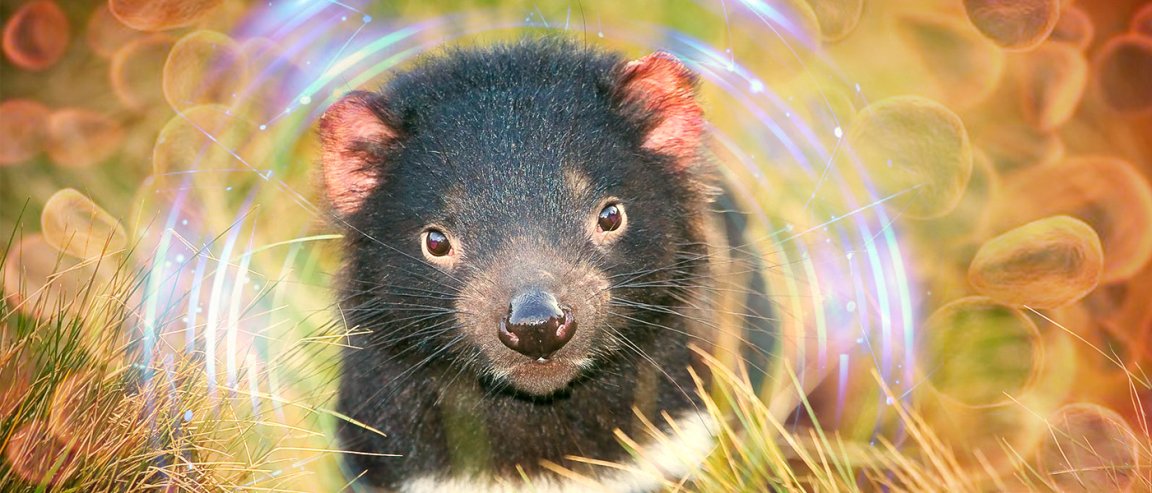
Evolving Devils
The Tasmanian devils are rapidly evolving to defend themselves against the face cancer that has decimated the animal’s population in the wild.
The transmissible disease, called devil facial tumor disease, has been threatening the survival of the carnivorous marsupials since the late 1990s—drastically wiping out 80 percent of the devil population. As a result, they were declared to be endangered in 2008. The disease is one of only three contagious cancers found in the wild. At the time the disease was discovered, experts predicted the Tasmanian devils will be extinct by now, yet the little devils continue to persist—albeit in low numbers, and a recent genetic study has revealed how they are managing to do so.
Devil Genome
A team composed of scientists from the United States, United Kingdom, and Australia said they discovered that two small sections of the animal’s genome appeared not only to be changing very fast (within just a few generations), but also contains possible cancer-fighting genes.
For the study, published in the journal Nature Communications, the researchers looked at tissue samples collected from 294 animals that lived in three different areas in Tasmania, before, during, and after the disease arrived. The samples, which spanned from 1999 to 2014, came from study co-author Menna Jones’ collection of 10,000 tissue samples.
With the help of the latest DNA sequencing methods, the team were able to look for changes across the devil genome. Sure enough, they were able to locate two stretches of DNA that were changing faster compared to the rest of the genome.
“The main result of this study is that the devil is evolving at a genomic level,” Jones, an associate professor at the University of Tasmania’s School of Biological Sciences, told ABC News. “The pathogen—in this case, the tumor—we expect that to become … less dangerous to devils over time and we expect the devils to evolve resistance and tolerance. This is the first evidence we have of that.”